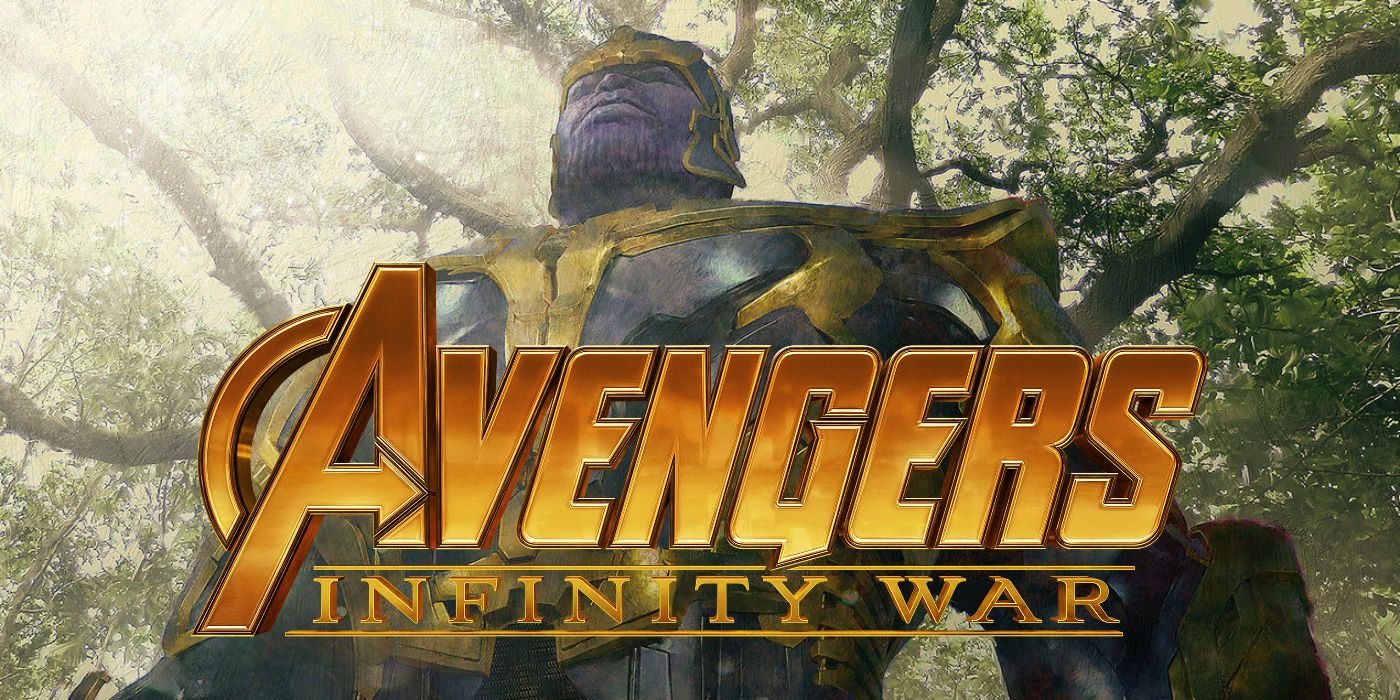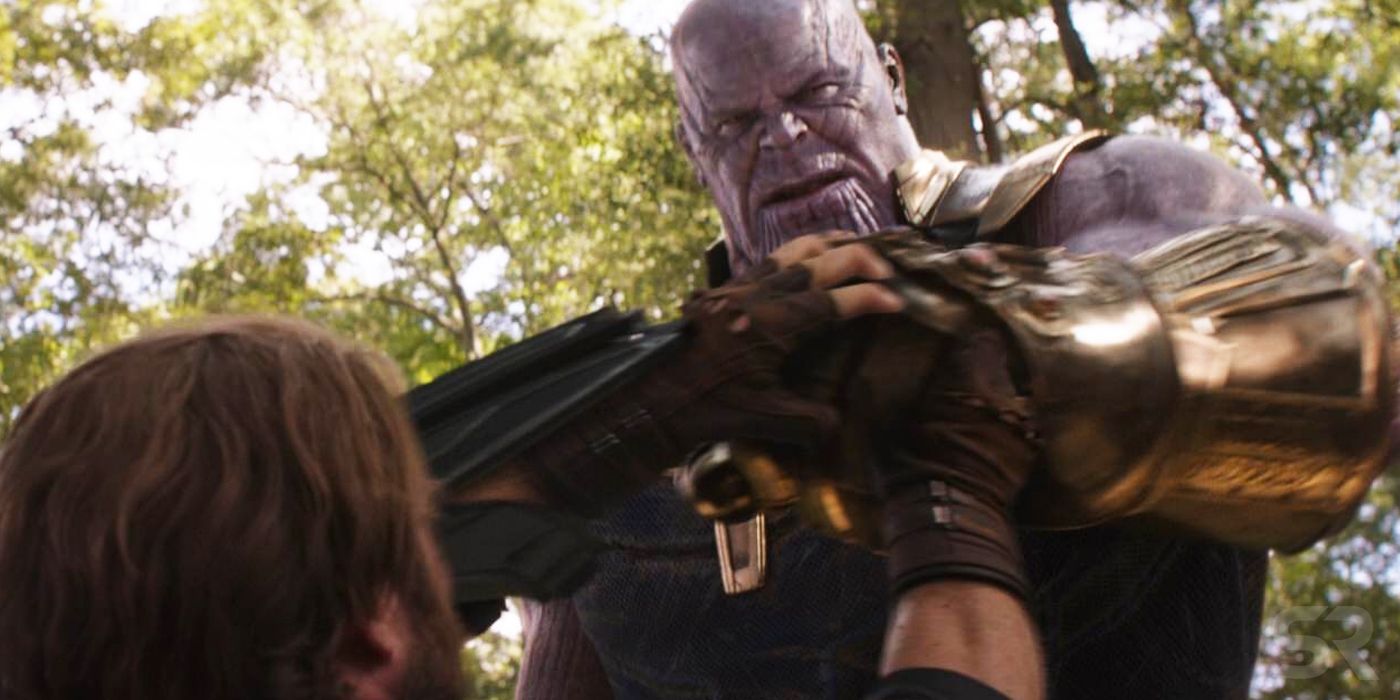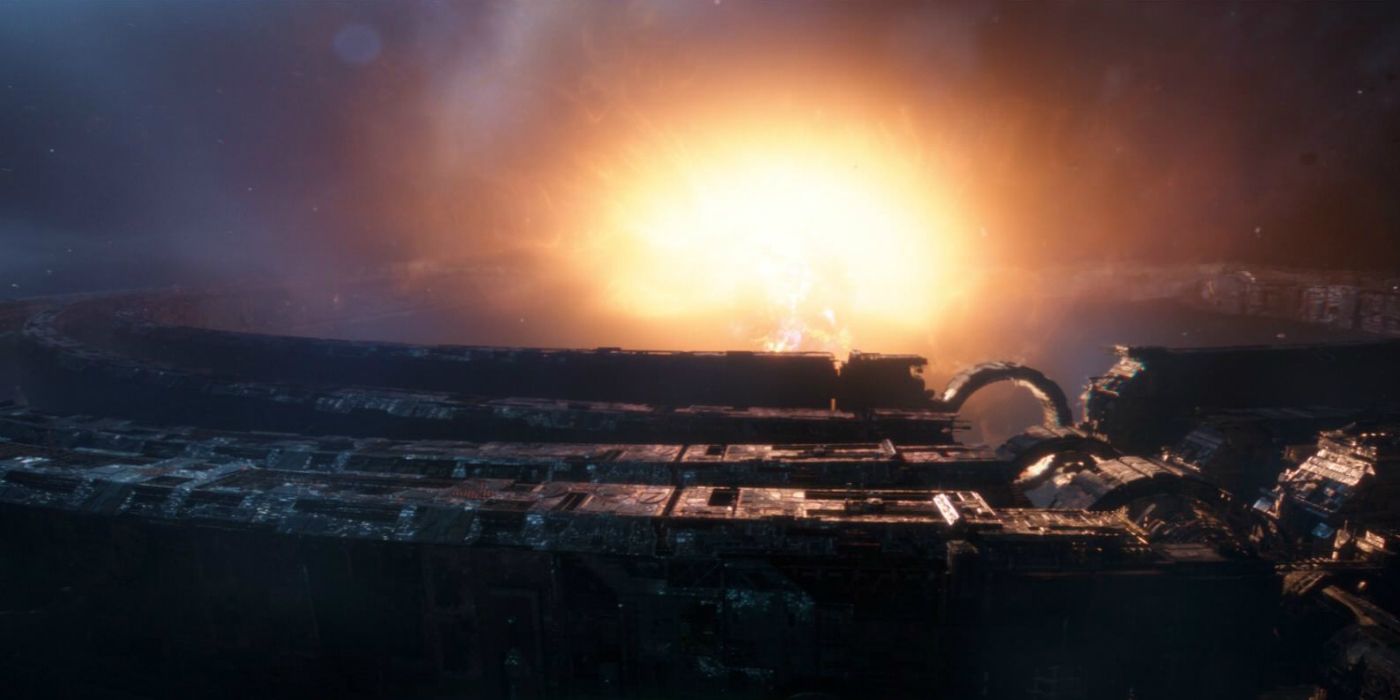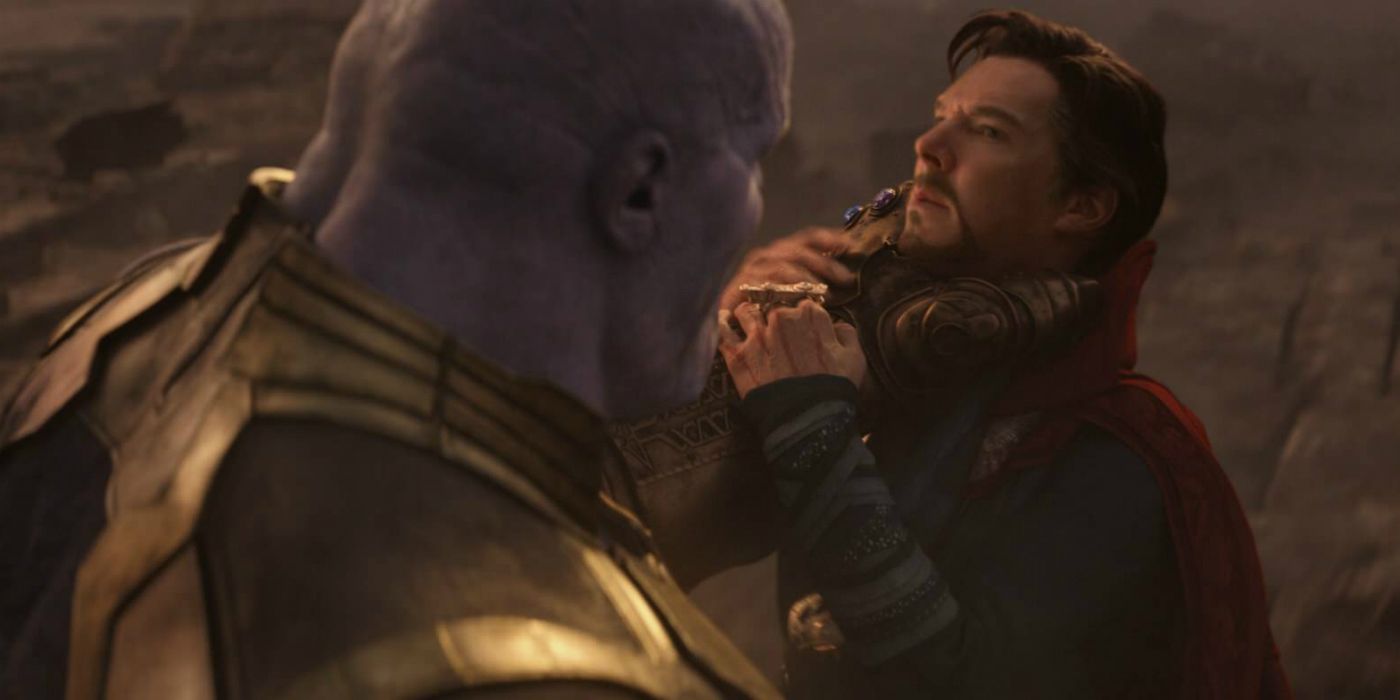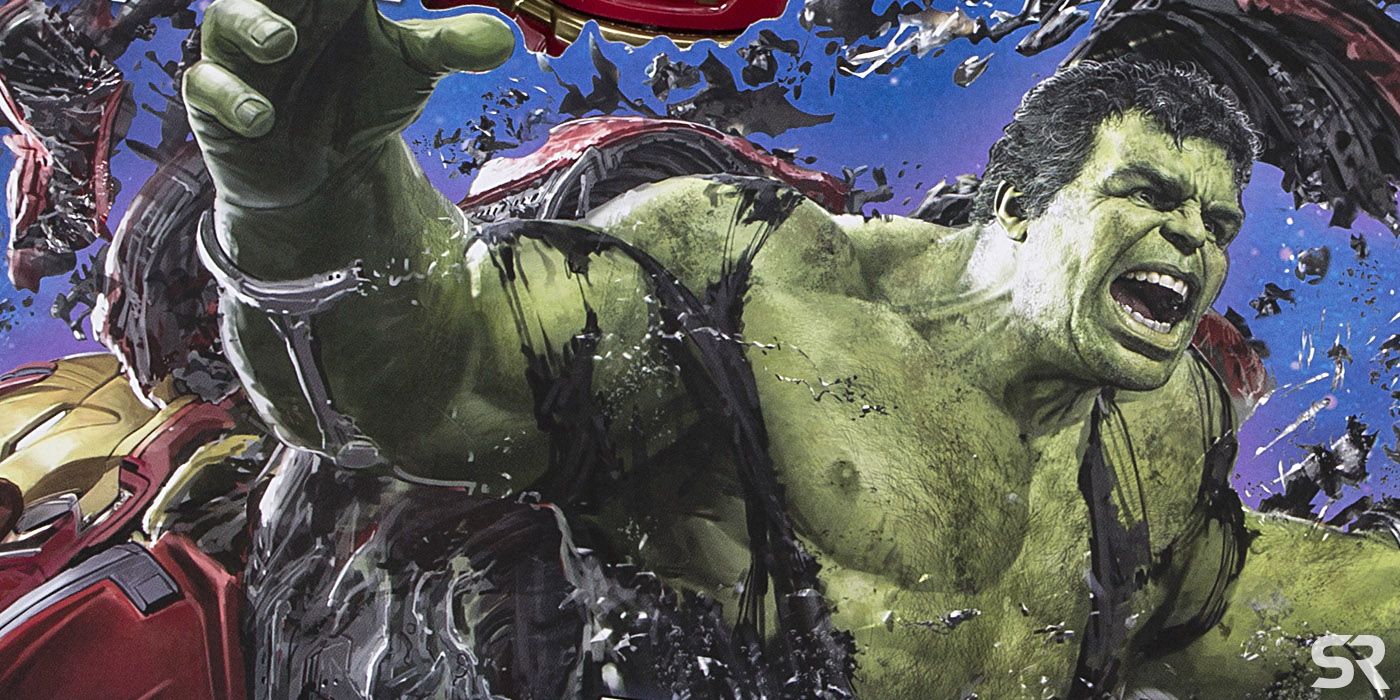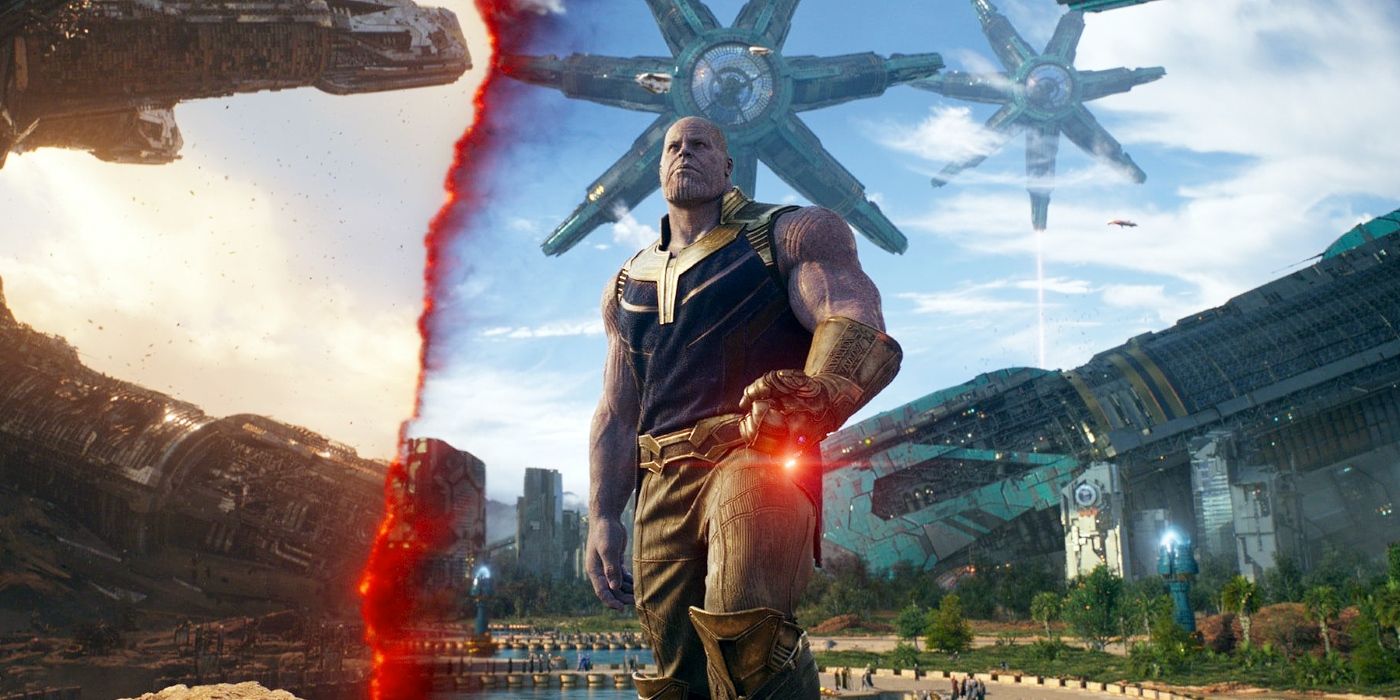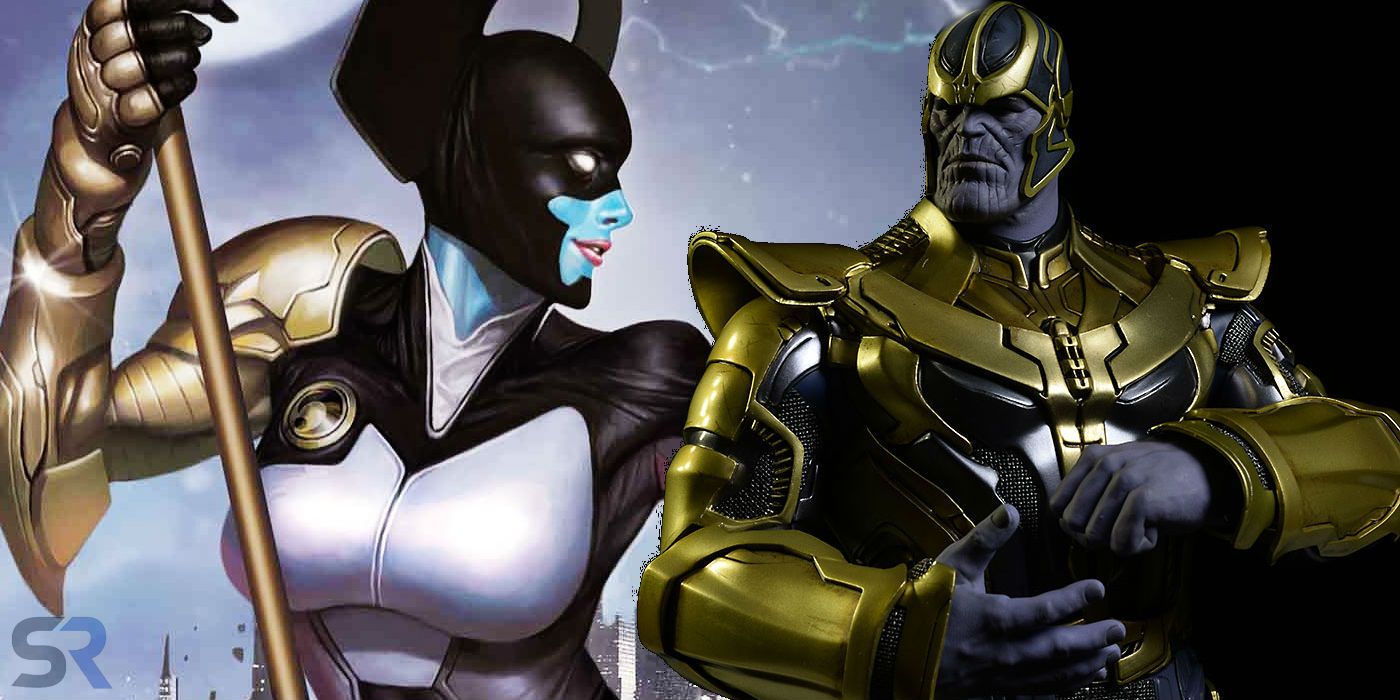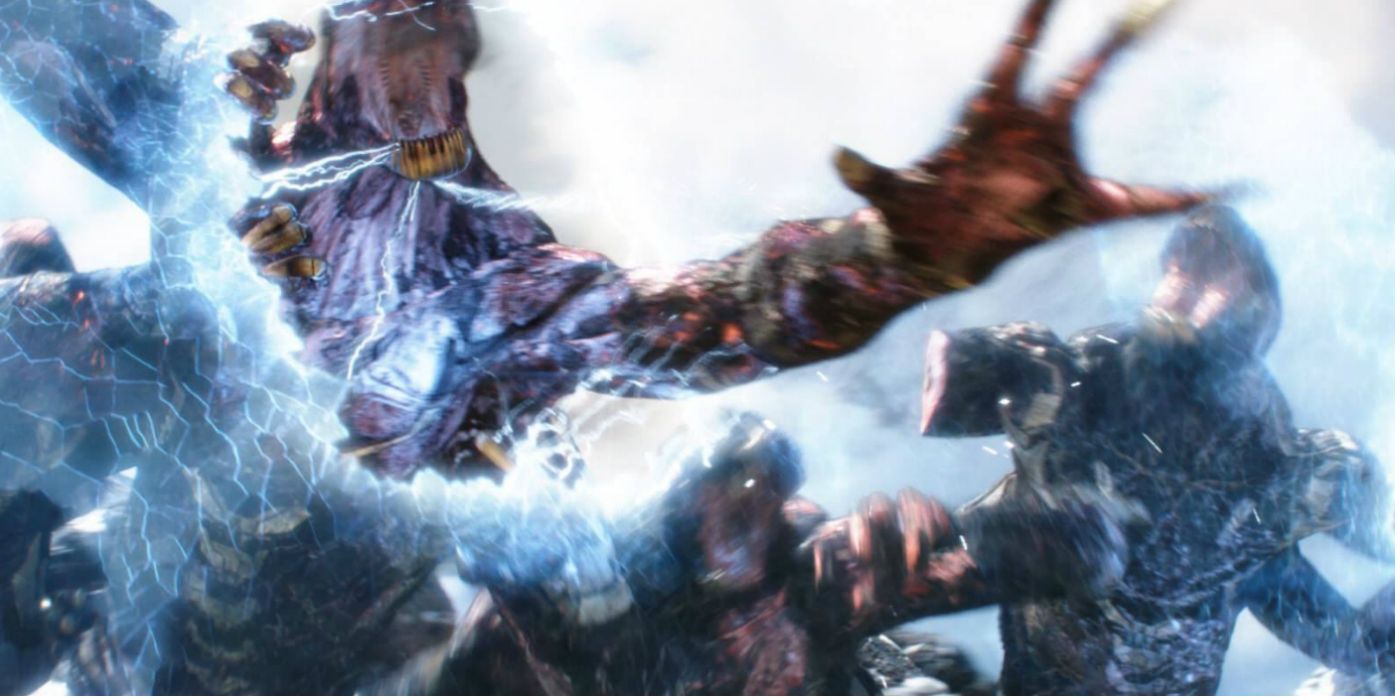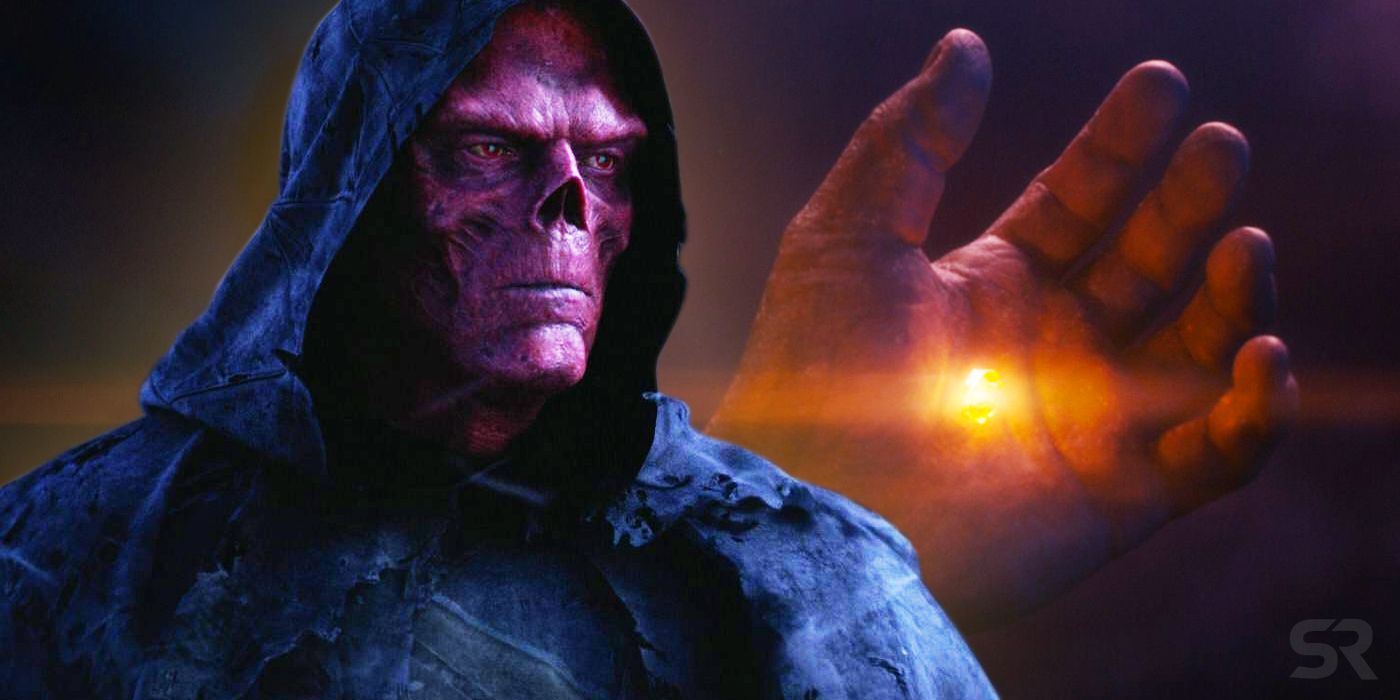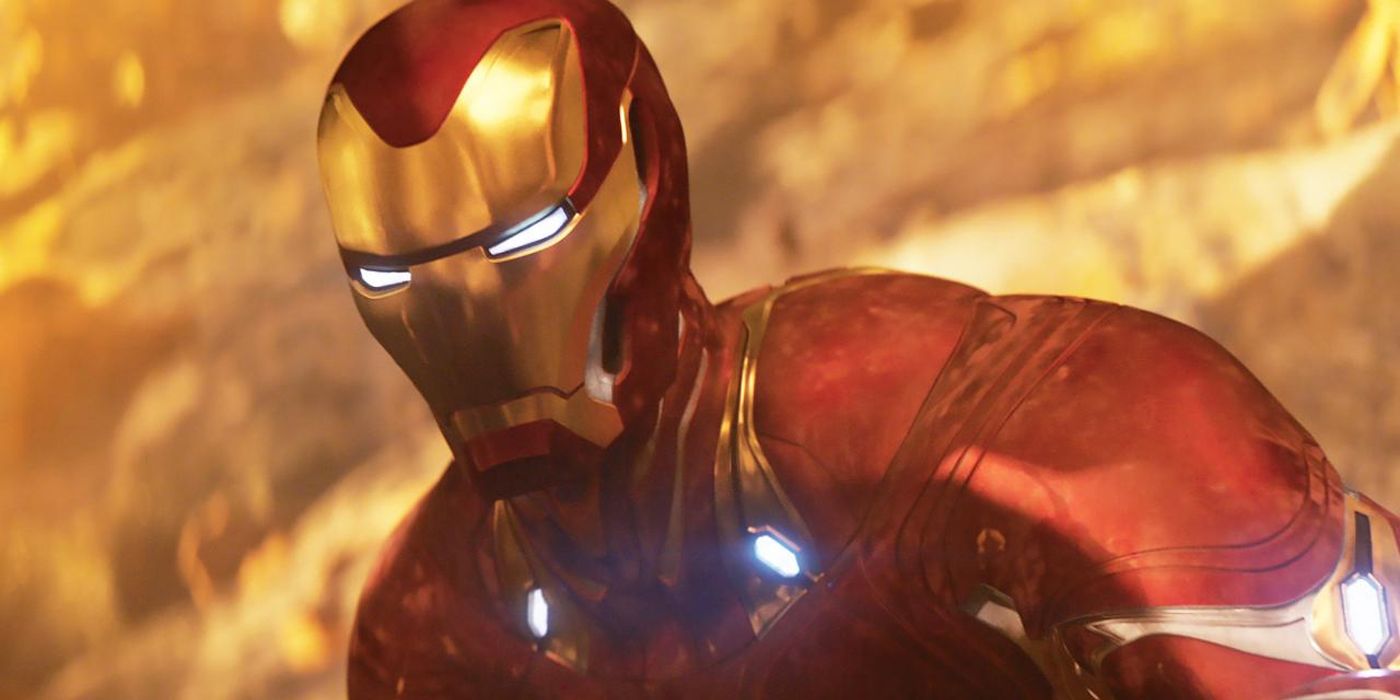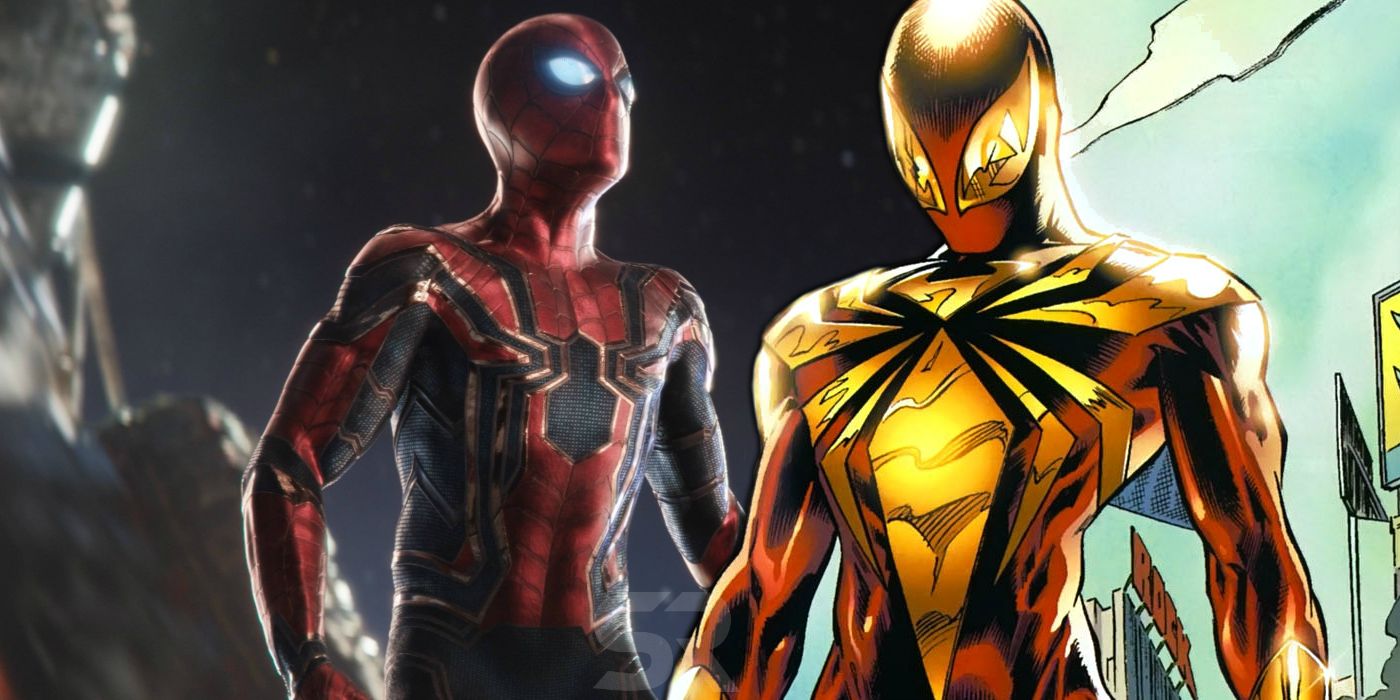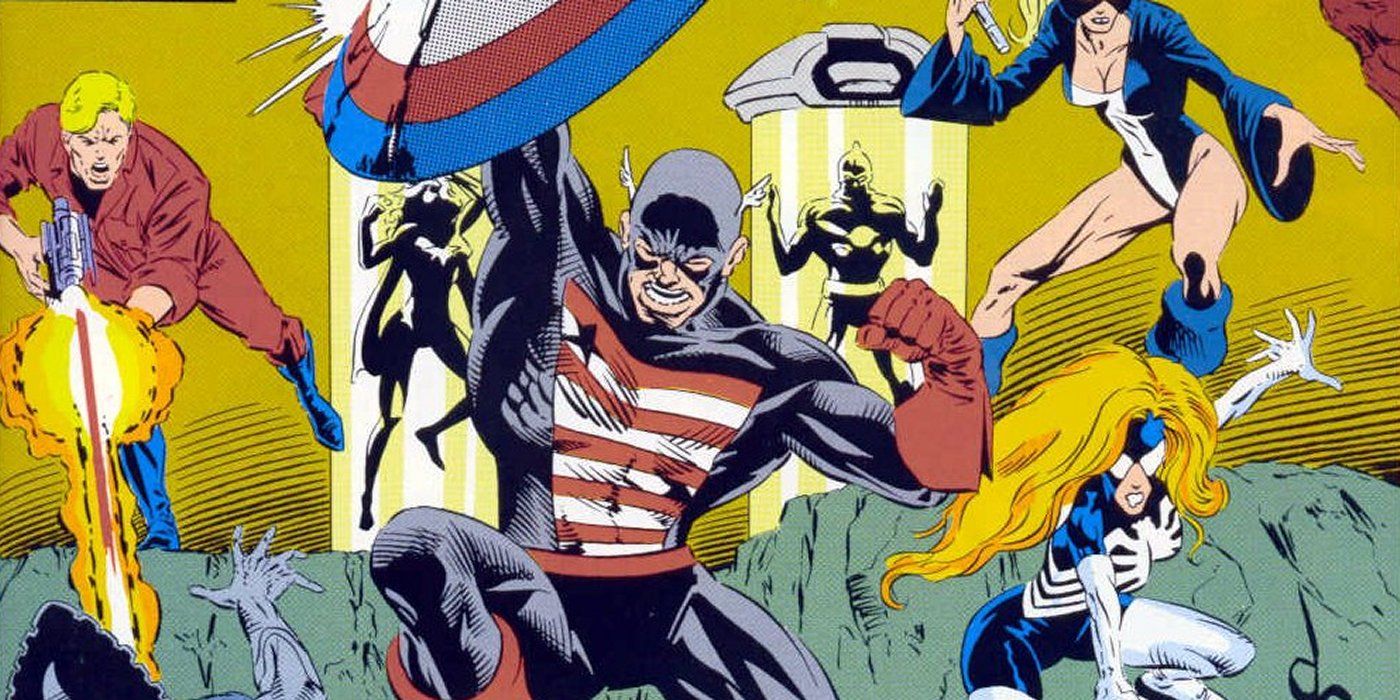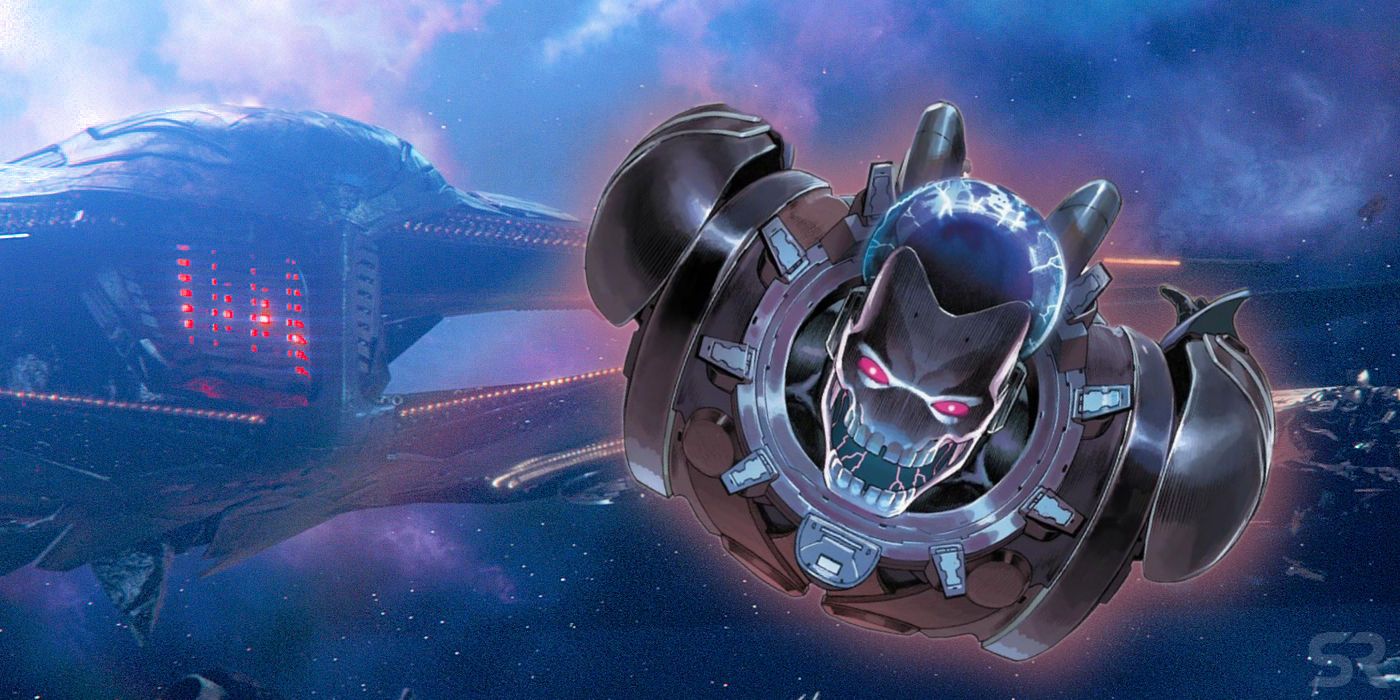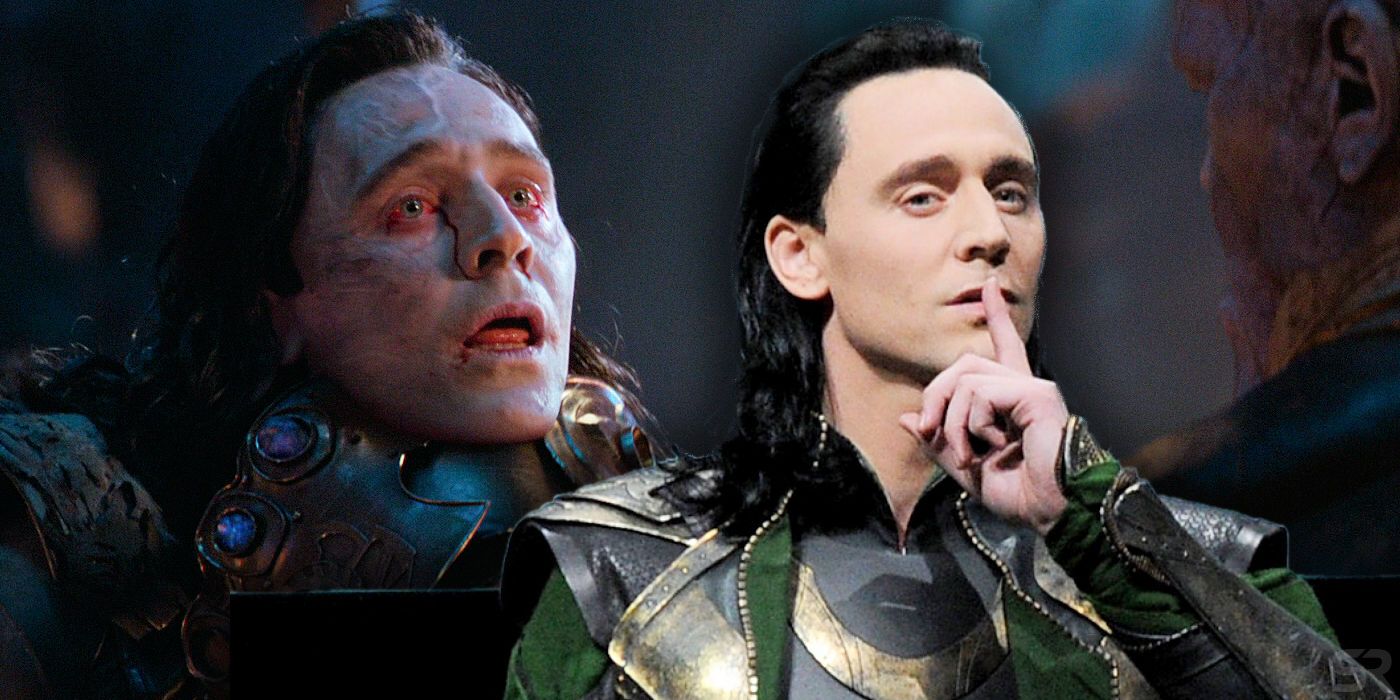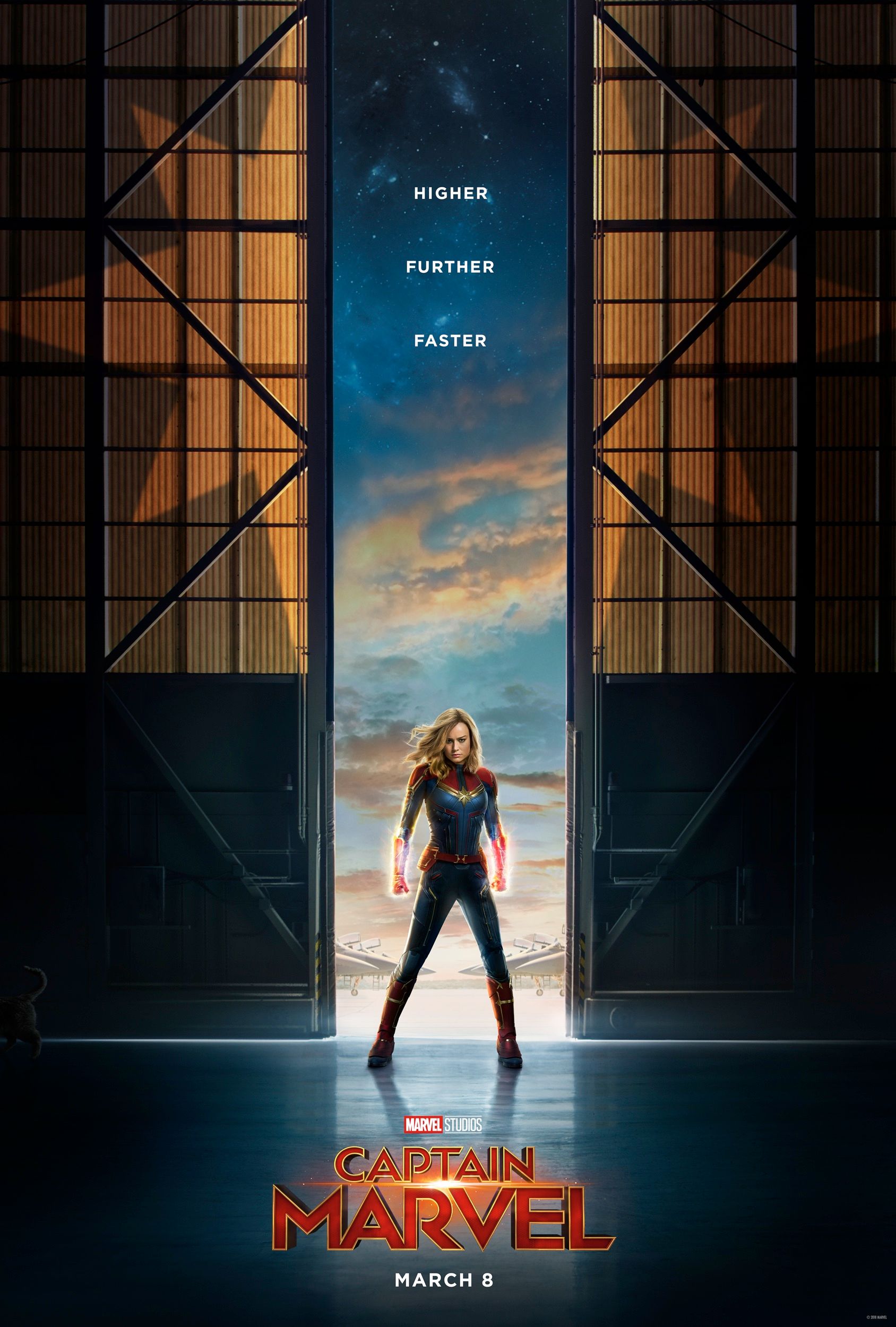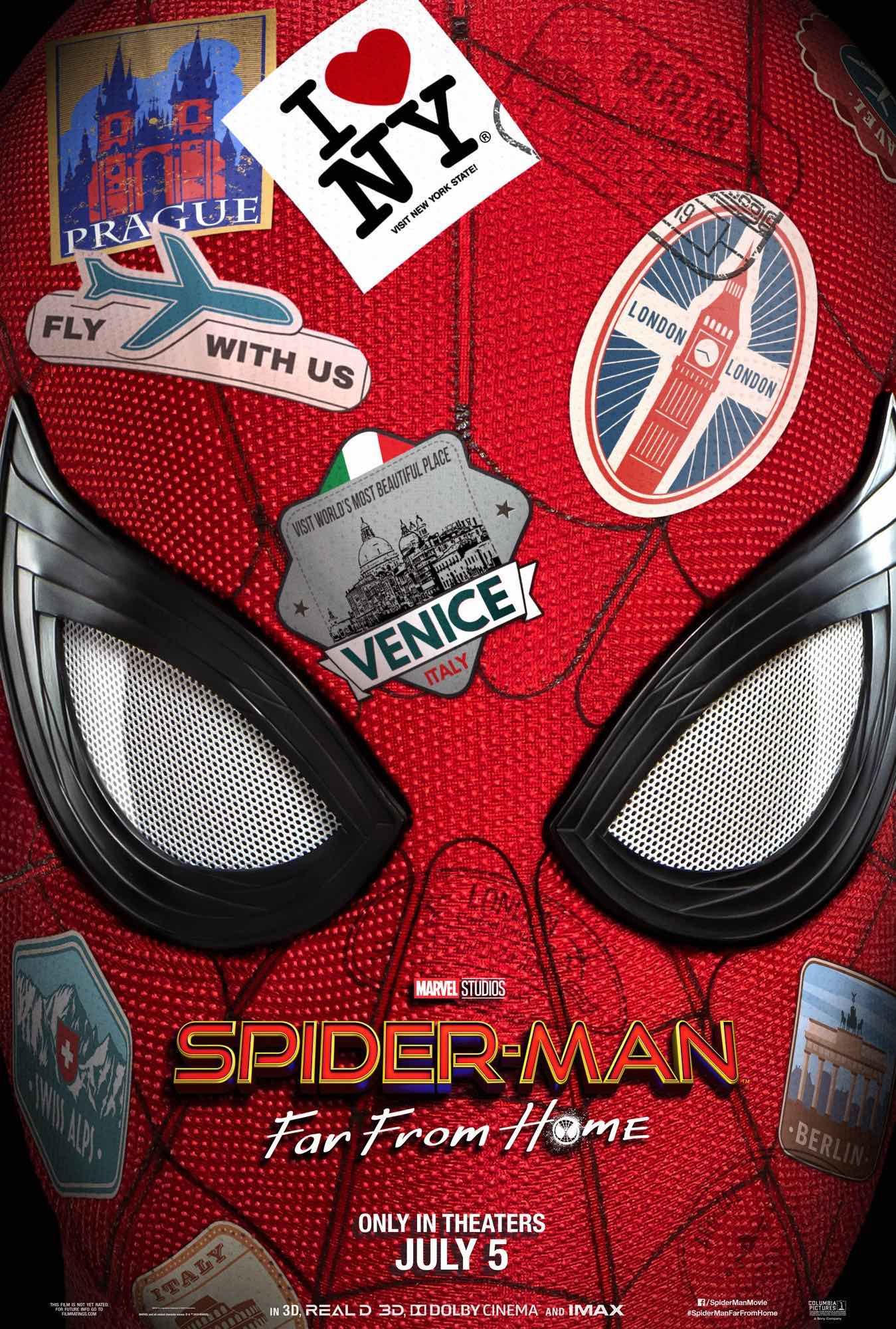Marvel published The Art of Avengers: Infinity War, a book filled with concept art for Avengers: Infinity War, which reveals new details about the blockbuster movie. In the foreword, Marvel Studios head of visual development Ryan Meinerding recalled one of the first meetings he had with president Kevin Feige about the film. Even at this early stage, Feige insisted that he wanted the concept art for the movie to push the limits of anything Marvel Studios had done before.
The theatrical cut certainly did that, bringing together all corners of the Marvel Cinematic Universe, and then killing off half of its heroes in one fell swoop thanks to Thanos' cliffhanger snap. The Art of Avengers: Infinity War reveals the painstaking work that went on behind the scenes, with concept artists running through countless different iterations of key characters. It hints at entirely different narrative twists, explores the technology behind Iron Man's new armor, and even gives what may be a subtle hint towards an Eternals movie.
- This Page: The Story of Avengers: Infinity War
- Page 2: Thanos and the Black Order
- Page 3: A Closer Look at the Avengers - And Hints of the Eternals
Why Didn't Thanos Kill the Avengers in Combat?
One of the most curious questions about Avengers: Infinity War was just why Thanos didn't kill any of the Avengers in combat. That was particularly the case when he even wound up going head-to-head against even normal humans like Black Widow and Okoye. The Art of Avengers: Infinity War finally answered this; it revealed that Thanos simply couldn't be bothered to kill them. As Meinerding explained:
"The plan of getting all the Infinity Stones is putting [Thanos] in the position of being so powerful that he is sort of calmer, more single-minded, and more reasonable. He is not necessarily worried about killing the heroes. As long as he ends up with the stones, he can accomplish what he wants to."
Some Radically Different Versions of Infinity War's Plot
Concept art for Avengers: Infinity War clearly shows some very different versions of the plot. It's important to note fans have no way of knowing how seriously any of these ideas were considered, of course; studios frequently commission concept art to help screenwriters work out how things may look visually, and ideas are often swiftly discarded during the pre-production phase.
One of the most fascinating examples is a piece of concept art showing Spider-Man battling a group of Outriders in New York. It seems that, at some stage, one version of the script involved the Black Order unleashing a small group of Outriders on the city. In the concept art, Doctor Strange has already been defeated, and Peter comes to his rescue; he's even webbed him up to protect him. While it would have been fascinating to see how Spider-Man fared against the Outriders, in dramatic terms it made sense to save their reveal until the film's third act. The scenes in Edinburgh originally played out very differently, too. At first, the Russos set it around Christmastime, with the Children of Thanos arriving amid large crowds and people dressed as Santa Clause. It was too busy, though, so Marvel dropped the idea and went for a simpler sequence in which the Black Order hunted Vision and Scarlet Witch at night.
Related: Theory: Ragnarok Started Thor's NEW Trilogy (& Avengers 4 Ends It)
Meanwhile, it seems Thor's quest to Nidavellir went through a number of different drafts. In some, he didn't acquire Stormbreaker at all, and instead is shown wielding a gun of some sort. There were versions where Thor didn't forget Stormbreaker; instead, he discovered the powerful weapon. Most intriguing of all is a single piece of concept art in which Thor and Rocket battle what appears to be the Midgard Serpent, a core part of the Ragnarok mythology. Naturally, given this arc changed shape so many times it's hardly surprising that Nidavellir itself went through many different iterations.
The "Wizard's Duel" Was Even More Stunning
The clash between Thanos and Doctor Strange is one of the highlights of Avengers: Infinity War, and Marvel apparently referred to that as the "Wizard's Duel." There's a vast array of concept art showing different versions of the Wizard's Duel, and it's hard not to get the sense that Marvel just gave their artists license to experiment. "Audiences only got to see a glimpse of what he [Doctor Strange] was like in his own movie," producer Trinh Tran explained, "but in Infinity War we really wanted to put him against Thanos and give them a moment, because Thanos had a majority of the stones so he had quite a bit of power to play with."
Incredibly, it looks as though Marvel even toyed with the idea of having Strange send Thanos on a "Magical Mystery Tour" through countless dimensions as they battled. Certainly some of the art seems to show them waging war in the Mirror Dimension.
The Final Battle of Wakanda Was Originally Very Different
There's strong evidence that the Battle of Wakanda originally ended in a very different way. One piece of concept art shows Thanos being held in place by all the Avengers, as Thor approaches for his killing blow. The God of Thunder still chose not to go for the head, though, and, as a result, the snap still happened. It's a fascinating alternate approach, but the idea of Thanos being held in place was presumably switched to the Battle of Titan. Interestingly, there's a throwaway reference to War Machine playing a bigger role, and even wearing two different sets of armor.
The concept art also suggests that the Hulk would have played a part in this battle. It's long been believed that Marvel originally planned the Hulk to tear his way out of the Hulkbuster armor during the Battle of Wakanda. That was apparently confirmed in May, when official Infinity War merchandise gave fans a chance to purchase an action figure inspired by the idea. The Art of Avengers: Infinity War supports this, with one piece of concept art showing the Hulk participating in a desperate battle against the Mad Titan in Wakanda.
Page 2 of 3: Thanos and the Black Order
How Did Thanos Survive His Homeworld's Destruction?
The MCU's version of Thanos is very different to the original comics, with his backstory and motivation radically switched up. In the MCU, Thanos predicted an ecological and environmental catastrophe that would consume his homeworld. His proposed solution was a chilling one; to kill off half the planet's population as a way to restore balance and save the rest of his species. Naturally, the government of Titan rejected such an insane solution, but Thanos' worst fears came true: he had to watch as his people died.
But that backstory leaves one simple question unanswered: how did Thanos survive Titan's destruction? According to The Art of Avengers: Infinity War, the answer is quite a simple one; Titan's leaders didn't just reject Thanos's suggestion, they also decided he was too dangerous and so exiled him from the planet. There's an entertaining parallel between this and elements of Thanos' comic book backstory, where him committing an act of murder ultimately led to his banishment.
The MCU Designs for Thanos and Proxima Midnight
Although Thanos wore armor in Guardians of the Galaxy, Marvel decided to go for a simpler design for Avengers: Infinity War. As concept artist Wesley Burt explained, his clothing changes over the course of the film. Burt says, "We needed to have essentially a wardrobe of ideas of what he may begin to wear as he gets more and more powerful thanks to collecting more of the Infinity Stones and not really even needing armor anymore. He would then begin to become more of this philosopher sort of personality with clothing reflecting that."
Related: Infinity War Director Explains Why Black Order Were So Weak
One of the strangest details is that Marvel experimented with a range of different designs for the Infinity Stones, particularly with regards to the order of the Stones. Marvel seem to have switched the sequence a few times, experimenting with the way the pattern of lights played upon the Gauntlet. There's more than a little humor in the fact that Marvel never tried to match the comics. Curiously, however, the idea of Thanos' armor was reused - in a more subtle sense. According to concept artist Jerad Marantz, it informed Proxima Midnight's design, establishing a smart connection between the Mad Titan and a member of his Black Order.
Why The Outriders Aren't Like The Comics
Avengers: Infinity War revealed the MCU version of the Outriders, monstrous creatures used by the Black Order in their attack upon Wakanda. The Outriders are lifted straight from Jonathan Hickman's Infinity event, but they've been subtly changed. In The Art of Avengers: Infinity War, concept artist Jerad Marantz explains that they've been redesigned because Marvel feared they were a little too similar to Venom in terms of their visuals. "I decided to go biomechanical with them," he explained, "and incorporate the same shapes that are used in Thanos’ armor and Proxima Midnight’s and Corvus Glaive’s."
The True Power of the Soul Stone
Discussing the Red Skull's unexpected return in Avengers: Infinity War, concept artist Rodney Fuentebella explained at length that he "wanted to play with the idea of what the Soul Stone had done to him and whether he is a ghostlike being now or something soulless." The designs teases that the Soul Stone has essentially consumed the Red Skull over the last 70 years, leaving him little more than a wraith. That certainly fits with the scene in the film where the Red Skull descends from the heavens like the Angel of Death.
This hints as to the Soul Stone's true power, and perhaps even implies that the barren world of Vormir was itself sterilized by the Soul Stone while it lay there for millennia. It's interesting to wonder what impact it could be having on Thanos while he wears it.
Page 3 of 3: A Closer Looks at the Avengers
Just How Does Iron Man's New Armor Work?
It seems Iron Man's Endo-Sym armor was far more sophisticated than anyone previously believed. Tony Stark had some sort of surgical implants on his body, perhaps explaining just where all of his nanotechnology is stored. What's more, the power unit was described as an RT unit rather than an Arc Reactor; in the comics, that's a "Repulsor Tech node," one of Stark's most advanced pieces of technology.
This kind of biotechnology would clearly require a neural interface, evoking imagery of Extremis from the comics. All this raises one curious question; just what pressure did these breakthroughs place upon Stark's relationship with Pepper Potts? She'd certainly oppose the kind of surgery seen in the concept art, which was a part of their relationship arc in Iron Man 3.
The Iron Spider Was Originally More Like The Comics
Concept art for Avengers: Infinity War revealed that Marvel originally toyed with a far more comic-book-accurate Iron Spider costume. In the end, though, they went for a look more akin to the traditional Spider-Man reds and blues. Marvel Studios' Ryan Meinerding explained:
"Using the Iron Spider as a reference from the comics, I was just trying to work in themes that I knew the Russo brothers would respond to. I knew they had always wanted a red-and-black Spider-Man suit in Civil War, so I was trying to find a way to turn the Iron Spider from the comics into that. The Iron Spider in the comics has gold, bulbous eyes, and I felt like I really wanted to hold on to the Romita eyes that we established in the previous suit design. So taking that red-and-black theme, incorporating some gold, and then trying to keep the same head design - specifically the eyes - was kind of why we landed where we did."
Meinerding's choices for the Iron Spider costume seem to be partly shaped by the fact Spider-Man is so new to the MCU, thus meaning that it wouldn't have been wise to switch things up at this point. The gold accents on the suit were added as a homage to the comics. Meanwhile, it's interesting to see a range of different designs for the costume featuring three or four "stingers." The comics have experimented with that idea as well.
Steve Rogers Was Almost Very Different
Marvel tried out a wide range of different looks for Steve Rogers. In some designs, Steve abandoned superhero costumes altogether, and instead dressed in combat fatigues. The most exciting design, though, was strongly influenced by the comic book costume worn by U.S. Agent, John Walker. Meinerding explained that they ultimately went for the Secret Avengers look, "because him being more clandestine and not part of a larger group like the Avengers meant that he could be wearing more black."
A Hint of The Eternals
One section of The Art of Avengers: Infinity War focuses on Thanos' vessel, the Sanctuary II. Interestingly, it discusses the sheer age of Thanos's flagship. Described as "something between a sanctuary and a warship," the Sanctuary II is said to be "something made in ancient times, like a flying piece of jewelry." That raises the intriguing possibility that this vessel could have originated from Thanos' homeworld of Titan.
It would certainly be in-character for the Mad Titan to make his home in one of his race's ancient vessels, just as he makes his base among the ashes of his people on that doomed world. If that is, indeed, the case, then Thanos' Sanctuary II may be audiences' first glimpse of Eternal technology in the MCU - with Titan possibly being an Eternal colony.
Loki Survived Avengers: Infinity War In One Fake Script
One of the more amusing anecdotes in Avengers: Infinity War is the revelation that the actors weren't the only ones to be given fake scripts - the entire production crew were, too. In fact, some of the crew were given a script in which Loki escaped Thanos' attack by fleeing in an escape pod. They were utterly confused when it came to actually shooting the scene and had to be taken aside for an explanation.

